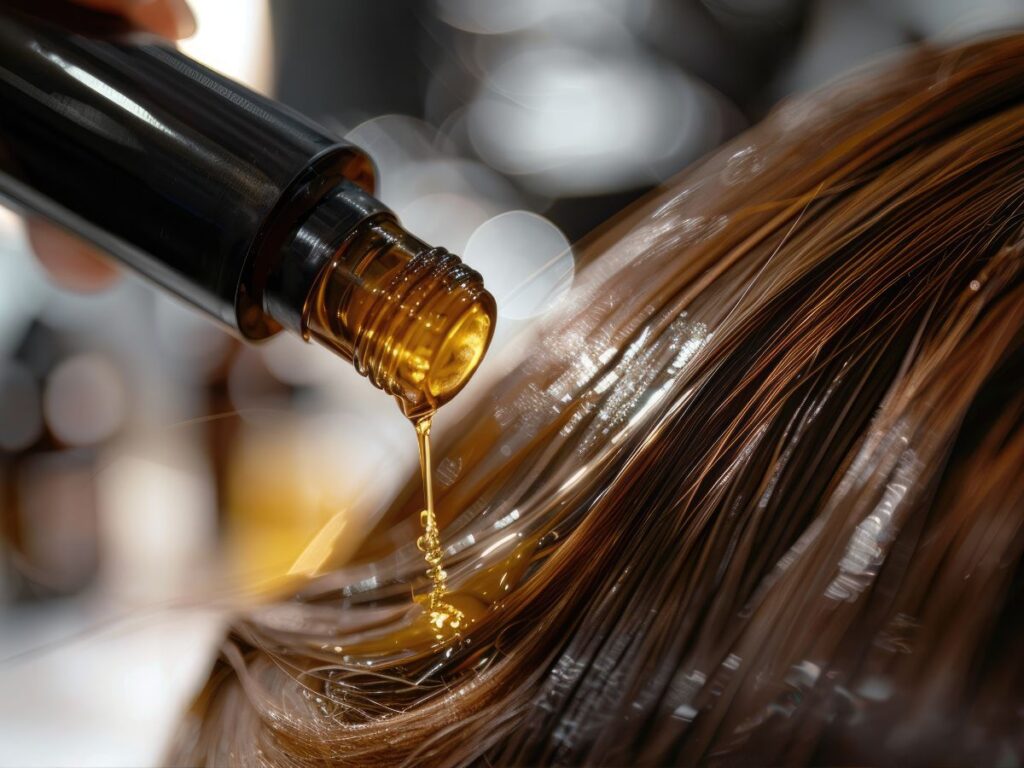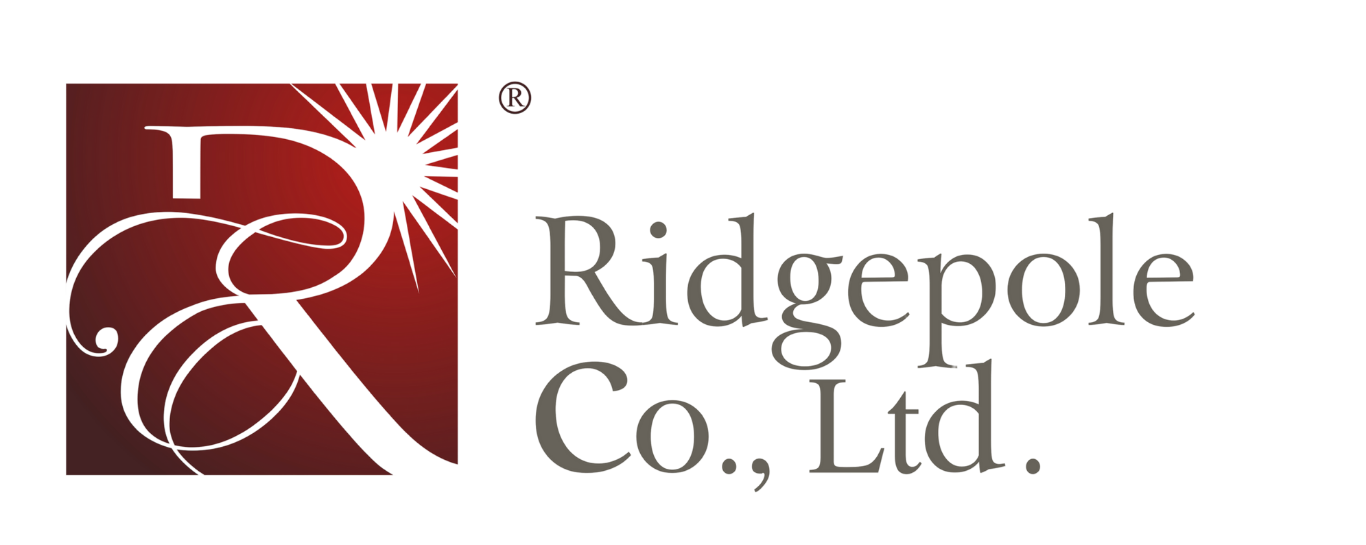Hair Conditioner vs Hair Oil: What’s the Difference?

Author: Tommy Tang | Founder at Ridgepole
Hi, I'm Tommy Tang, here to share my expertise in skincare with you.
Table of Contents
A while back, I watched a salon owner struggle with unhappy customers. They were returning a pricey hair oil, saying it “wasn’t working.” Turns out, they were using it like a conditioner and expecting quick results.
This made me realize that even professionals can mix up hair oil and conditioner. It’s easy to think they do the same thing, but they actually have different purposes.
I’ve spent years studying haircare products and helping businesses choose the right ones. In this article, I’ll share simple and practical tips to help you avoid common mistakes.
We’ll look at the real differences between hair oil and conditioner, and how to use each one properly. By the end, you’ll know exactly how to boost customer satisfaction and sales.
Let’s dive in!
1. What is a Hair Conditioner?
I once worked with a salon that kept getting complaints about dry, unmanageable hair despite using premium shampoos. Their mistake? They weren’t educating clients on proper conditioning.
A good hair conditioner does more than soften hair, it locks in moisture, reduces damage, and improves overall hair health. If you’re in the haircare business, understanding how conditioners work can help you sell the right products and boost customer loyalty.
How It Works
Hair isn’t just about looks, it’s structure. The outer layer, known as the cuticle, consists of overlapping cells that protect the inner hair shaft. Shampoo lifts these cuticles to remove dirt and oil, but in the process, hair is left vulnerable.
Conditioners seal these cuticles back down, smoothing strands, reducing frizz, and preventing breakage. The result? Stronger, shinier, more manageable hair.
Types
- Rinse-Out Conditioners: The most common type. These are applied after shampooing and washed out within minutes. Perfect for daily use and ideal for businesses selling mainstream haircare solutions.
- Leave-In Conditioners: Think of these as all-day protection. Lightweight and designed to stay in the hair, they are great for clients who have dry hair. A must-have for salons or retailers catering to professionals and consumers who want low-maintenance haircare.
- Deep Conditioners: This is where premium hair treatments shine. These intensive formulas penetrate deep into the hair shaft, delivering long-lasting moisture and repair. If your business sells high-end haircare products, these are your upsell stars.
- Protein Conditioners: Hair is made of keratin, and when it’s chemically treated or over-styled, that protein breaks down. Protein conditioners rebuild and strengthen hair, making it essential for salons working with bleached, permed, or heat-damaged hair.
- Co-Wash Conditioners: Popular in the curly and textured hair market, co-wash (short for “conditioner-only washing”) cleanses and hydrates in one step. If your brand targets this niche, offering co-wash formulas can give you a competitive edge.
2. What is Hair Oil?
A few years ago, I worked with a salon that kept struggling with clients complaining about dry, brittle hair—despite using high-end conditioners. Their missing step? Hair oil.
While conditioners help smooth and soften, oils go deeper, nourishing the hair from within and sealing in moisture. For businesses in the haircare industry, understanding this difference can mean better product recommendations, happier customers, and increased sales.
How It Works
Unlike conditioners, which coat the cuticle to reduce friction and frizz, hair oils work in two ways. Some penetrate deep into the hair shaft, strengthening from within. Others form a lightweight barrier to lock in hydration, preventing moisture loss. This dual action keeps hair elastic, strong, and shiny over time—making oils a must-have in any haircare lineup.
Types
Not all hair oils work the same way. Understanding their functions can help you stock the right products and educate your clients more effectively.
- Penetrating Oils (For Deep Repair & Strength)
These oils absorb into the hair shaft, repairing and fortifying strands from the inside.
- Coconut Oil – A powerhouse for all hair types. Rich in fatty acids, it deeply nourishes and prevents protein loss, making hair stronger and more resilient.
- Argan Oil – Known as “liquid gold,” it adds shine, smooths frizz, and restores moisture, especially for color-treated or dry hair.
- Olive Oil – Packed with antioxidants and vitamins, it hydrates hair while soothing the scalp. A great pick for deep treatments.
- Sealing Oils (For Moisture Retention & Shine)
These oils don’t absorb as deeply but act as a protective shield to keep moisture locked in.
- Jojoba Oil – Mimics the scalp’s natural oils, making it lightweight and ideal for balancing moisture in fine or oily hair.
- Castor Oil – Thick and nutrient-rich, it promotes hair growth while preventing moisture loss. A favorite for curly and textured hair types.
- Almond Oil – Light and packed with vitamin E, it smooths the hair cuticle and reduces breakage. Perfect for fine or thinning hair.

3. Key Differences Between Hair Conditioner and Hair Oil
A while back, I worked with a distributor who kept getting complaints about their haircare products. Customers were confused some were using conditioners expecting deep nourishment, while others were using oils like a rinse-out treatment.
The result? Frustration, poor product performance, and lost sales. Understanding the key differences between hair conditioners and hair oils allows your clients to get the right results. Below are the key differences between hair conditioner and hair oil:
| Category | Hair Conditioner | Hair Oil |
| Packaging & Shelf Life | Plastic bottles or tubes with pumps; lasts 12–24 months | Glass or plastic bottles with droppers/sprays; lasts up to 3 years |
| Suitability for Hair Types | Works for all hair types; essential for dry, frizzy, or damaged hair | Best for dry, curly, or coarse hair; can weigh down fine or oily hair |
| Application Time | Used after shampooing, either rinsed out or left in for hydration | Used before, after, or overnight for deep nourishment |
| Ingredients | Contains water, silicones, emollients, and conditioning agents | Composed mainly of natural oils and botanical extracts with little to no water |
| Effect on Hair Structure | Coats the hair shaft to improve softness, reduce friction, and ease styling | Penetrates hair for repair or forms a barrier to prevent moisture loss |
| Cost & Profit Margins | Lower production costs due to water-based formulation; competitive pricing with faster inventory turnover | Higher cost per unit but longer shelf life; premium positioning with higher profit margins |
| Consumer Perception & Branding | Seen as an essential, everyday product; high demand across all demographics | Marketed as a specialized or luxury product; appeals to niche or high-end consumers |
| Storage & Handling | Requires temperature-controlled storage to prevent spoilage | Less prone to spoilage but prone to leakage if not packaged properly |
Many business owners struggle with inventory decisions, just as I once did. Understanding the differences between these products helps optimize inventory, improve customer satisfaction, and increase sales. And my point is that stocking and marketing them strategically can turn them into profitable drivers rather than shelf-sitters.
4. 5 Tips When Choosing Between Hair Conditioner and Hair Oil
Choosing between hair conditioner and hair oil for your store can be tricky. Each product serves a different customer need. Conditioners are daily essentials, while hair oils offer long-term care. Stocking the right products can drive sales and build customer loyalty.
I’ve seen many retailers succeed by understanding their audience and offering the right mix. Here are tips to help you choose wisely:
#1 Know Your Market Needs
Start by researching your customer base. Are they looking for quick results or long-term hair care solutions? For example, shoppers with straight or fine hair often prefer conditioners. Customers with curly or textured hair may reach for hair oils. Offer products that match their needs. You could stock moisturizing conditioners for dry hair and argan oil for frizz control.
#2 Stock a Variety of Types
Don’t limit your inventory to one type. Offer options that cater to different hair types and routines. For conditioners, include rinse-out, leave-in, and deep treatments. For oils, carry both penetrating and sealing oils. I’ve seen stores increase repeat customers by offering sets—like leave-in conditioners paired with jojoba oil for daily care.
#3 Educate Your Customers
Help shoppers understand the difference. Use signs or social media to explain how conditioners and oils work together. You could post tips like, “Use leave-in conditioner for softness and argan oil for shine.” This approach builds trust and helps customers choose the right products.
#4 Choose Brands with Clear Ingredient Labels
Customers care about ingredients. Offer products with natural or organic ingredients. Highlight oils like coconut or argan and conditioners with aloe vera or keratin. Once, I helped a retailer switch to natural brands, and their sales increased because customers trusted the ingredients.
#5 Focus on Packaging and Shelf Life
Conditioners usually come in larger bottles with pumps. Hair oils often need leak-proof glass bottles. Good packaging reduces damage and returns. Also, check shelf life. Hair oils last longer, which reduces waste. Conditioners may expire sooner, so rotate stock often.
Final Thoughts
Thinking back to that salon owner’s frustration, I realize just how much a little product knowledge can change everything. I’ve seen how businesses lose sales and trust simply because clients don’t understand what they’re using.
Now, you know the difference; how conditioners work, why oils matter, and when to use each one. With this knowledge, you can help your clients make better choices and keep them coming back.
If you’re looking for high-quality, custom haircare products, I’d love to introduce you to Ridgepole, a trusted skincare and haircare manufacturer in China.
Let’s connect! Contact us today to bring your product vision to life.
Recommended Reads for You
If you’re searching for more choices, explore our full collection of products. We’ve picked out some great options for you:
Still haven’t found what you’re looking for? Don’t hesitate to contact us. We’re available around the clock to assist you.
Quick Quote
Own Your Private Label Cosmetic Line Is No Longer Difficult Here!





